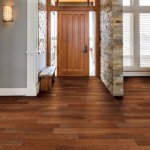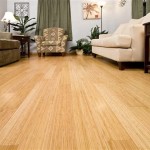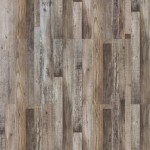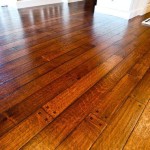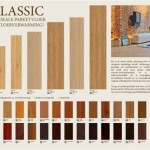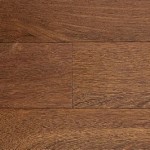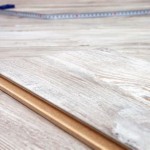Stick On Flooring: The Essentials
Stick-on flooring offers a practical and stylish solution for a variety of flooring needs. Whether you're seeking an affordable way to update your home's interior, or you're tackling a do-it-yourself project, stick-on flooring offers numerous advantages.
To help you navigate the world of stick-on flooring, here are some essential aspects to consider.
Material Options
Stick-on flooring comes in various materials, including vinyl, linoleum, cork, and rubber. Each material has unique characteristics and benefits.
- Vinyl: Durable, water-resistant, and available in a wide range of colors and patterns.
- Linoleum: Natural, biodegradable, and anti-bacterial.
- Cork: Insulating, sound-absorbing, and naturally stain-resistant.
- Rubber: Durable, anti-slip, and ideal for areas with heavy foot traffic.
Adhesive Strength
The adhesive strength of stick-on flooring is crucial for its longevity and performance. Look for flooring with a strong adhesive that is designed to withstand regular use.
Some flooring products feature a permanent adhesive, while others use a removable adhesive that allows for easy repositioning or future removal.
Installation Ease
Stick-on flooring is generally easy to install, even for DIY enthusiasts. However, some products may require additional preparation or tools.
Ensure that the surface you intend to apply the flooring to is clean, level, and dry. Some types of flooring may require leveling compounds or underlayment for optimal adhesion.
Maintenance and Durability
Maintaining stick-on flooring is straightforward. Regular sweeping and mopping with a mild cleaner will suffice. Avoid using abrasive cleaning agents or harsh chemicals.
The durability of stick-on flooring depends on the material and the level of foot traffic it experiences. Vinyl and linoleum tend to be more durable than cork or rubber, making them suitable for high-traffic areas.
Cost Considerations
The cost of stick-on flooring varies depending on the material, size, and features. Vinyl flooring is generally the most affordable, while cork and rubber tend to be more expensive.
Consider your budget and the intended use of the flooring when making a decision.
Additional Tips
- Always follow the manufacturer's instructions carefully.
- Test a small area of the flooring in an inconspicuous spot to ensure compatibility with your surface.
- Allow sufficient time for the adhesive to dry and bond properly.
- Protect the flooring from heavy objects or sharp edges.
Conclusion
Stick-on flooring offers a range of benefits and is a practical choice for various flooring needs. By considering the material options, adhesive strength, installation ease, maintenance requirements, and cost factors, you can select the best stick-on flooring for your project.
With careful installation and proper maintenance, stick-on flooring can enhance the aesthetic appeal and functionality of your space for years to come.

7 Things To Know About L And Stick Flooring

L And Stick Flooring 5 Myths Debunked Inc

How To Install L And Stick Vinyl Plank Flooring The Nifty Nester

L And Stick Vinyl Plank Flooring 101 Floorings

L And Stick Vinyl Plank Flooring 101 Floorings

Simply Beautiful By Angela Bathroom Flooring L And Stick Wood On Tiles

Livelynine 4pcs L And Stick Floor Tile Cherry Wood 6in X 3ft Red Vinyl Plank Flooring Adhesive Tiles Waterproof Laminate For Bathroom Kitchen Walls

Diy L And Stick Vinyl Flooring Over Existing 10 Month Review

Pros And Cons Of L Stick Vinyl Flooring Build Direct

L And Stick Flooring What To Know Before You Buy Family Handyman

